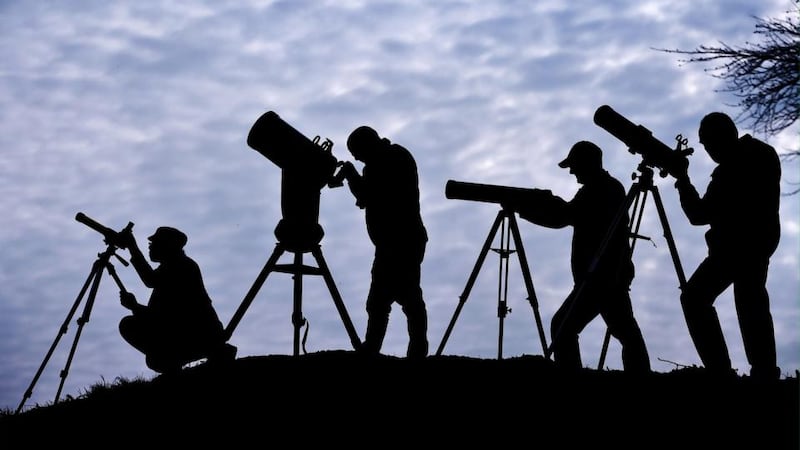How to watch the solar eclipse safely: make a pinhole projector
Up to 95% of sun will be blocked out by moon for about an hour from 8.30am
A weak weather front is expected to cloud the near-total eclipse of the sun taking place from about 8.30am on Friday.

However, there should be occasional breaks in the cloud so people are encouraged to have a look despite the weather with one major disclaimer: don’t look directly at the sun.
"This is the deepest eclipse seen over Ireland since 1999," said David Moore, editor of Astronomy Ireland magazine. A solar eclipse occurs when the moon in its orbit around the Earth passes in front of the sun, blocking its light.
It is a gradual process. This eclipse will begin at about 8.30am, reach its peak at 9.30am – around which time it will be darker and cooler – and end by about 10.30am.
Rarely seen
Between 91 and 95 per cent of the sun will be covered depending on where you are. North Mayo will see the deepest eclipse while the south coast will experience 91 per cent coverage.
Solar eclipses of this magnitude are rarely seen in Irish skies (and not just because the weather obscures them).
In the past century, just four eclipses of this magnitude occurred over Ireland while, in this century, we can expect just three more.
Indeed, there won’t be another one like it here until 2026 so people should not miss this opportunity, weather allowing. “It could well be quite overcast but there will be breaks so it is still worth taking a chance,” said Evelyn Cusack of Met Éireann.
If cloud breaks occur don’t be tempted to gaze directly at the sun – it could cause burns to the retina, experts have warned.












